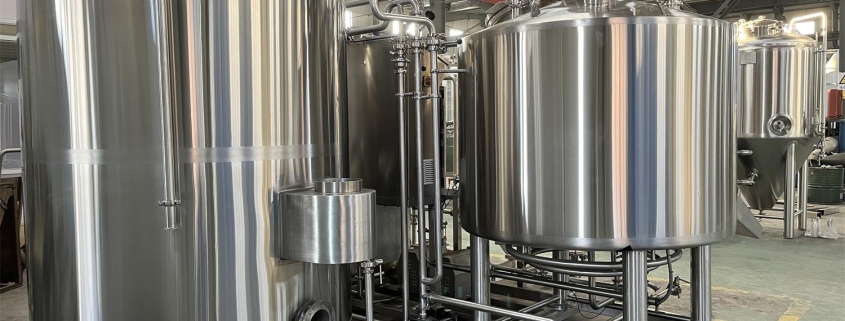Top 5 Beer Fermentation Tanks for Home and Commercial Brewers
What Is a Beer Fermentation Tank?
Alright, let’s get right into it. A beer fermentation tank is basically the magical chamber where the good stuff happens. Once the wort (that sweet, malty liquid brewed from grains) is made, it needs to go through fermentation. That’s where the yeast eats up all the sugars and turns it into alcohol, carbon dioxide, and some seriously delicious flavors. And this transformation happens inside the fermentation tank.
Now, you might be thinking, “Can’t I just use any container?” Technically, yes—but if you’re looking for consistency, safety, and professional-level results, then a dedicated beer fermentation tank is your best bet. These tanks are engineered to control temperature, pressure, and cleanliness. They come in all shapes and sizes, from small glass carboys for home brewers to massive stainless steel conical fermenters for commercial operations.
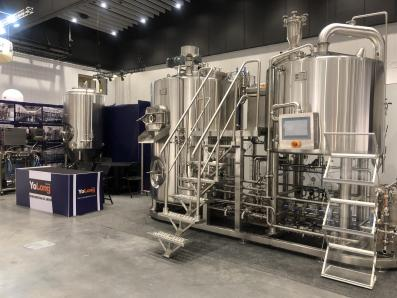
How Beer Fermentation Tanks Work
Imagine yeast as a tiny workforce going full throttle inside the tank. Once you transfer your cooled wort into the fermentation tank and pitch in the yeast, a biochemical marathon begins. The yeast begins converting the sugar into alcohol and carbon dioxide in an anaerobic (oxygen-free) environment.
Most modern tanks are conical—they have a cone-shaped bottom that allows yeast and sediment to settle neatly at the base. This shape makes it super easy to collect the yeast for reuse or remove unwanted byproducts. Plus, many tanks are jacketed, meaning they have a layer that allows for cooling fluids to circulate. This helps keep the fermentation temperature steady, which is crucial because yeast can be pretty picky. Too hot or too cold, and they either go dormant or get a little too wild, throwing off flavors.
Fermentation tanks also typically have valves and ports that allow brewers to take samples, purge oxygen, and monitor pressure. Some even have built-in digital systems that track temperature and fermentation progress in real-time.
Types of Beer Fermentation Tanks
Beer fermentation tanks come in a few popular flavors (not literally, but you get the idea). Each type has its own pros and cons, and what you choose really depends on your brewing scale, style, and goals.
1. Open Fermentation Tanks
These are the old-school style tanks, often used in traditional European breweries. They look like large, shallow basins and allow direct access to the fermenting beer. Open fermentation allows for unique yeast interactions but requires pristine sanitation and precise environmental controls. They’re great for specific ale styles but not the most practical for modern operations.
2. Closed Fermentation Tanks
The most common and versatile tanks. These are completely sealed off from the environment, which reduces contamination risk and allows for better control of pressure and CO2 retention. This is ideal for lagers and many ale styles.
3. Conical Fermenters
By far the favorite in commercial settings. These tanks have a cone-shaped bottom, which makes it easy to remove sediment and harvest yeast. They’re often made of stainless steel and come equipped with temperature controls and pressure valves. They range from 5 gallons (for homebrewers) to hundreds of barrels.
4. Cylindroconical Tanks (CCT)
A hybrid of cylindrical and conical shapes. These are heavily used in professional breweries for both fermentation and conditioning. The design optimizes yeast management and cleaning efficiency.
5. Unitanks
These are do-it-all tanks that combine primary fermentation and conditioning in one vessel. They’re space-saving and efficient, which is why many microbreweries and brewpubs love them.
| Type of Tank | Best For | Pros | Cons |
|---|---|---|---|
| Open Fermenters | Traditional ales | Unique flavor, direct access | High contamination risk, space needed |
| Closed Fermenters | Most beer styles | Safe, versatile, retains CO2 | Harder to clean manually |
| Conical Fermenters | Home to industrial breweries | Easy yeast harvesting, scalable | More expensive |
| Cylindroconical Tanks | Commercial operations | Great for efficiency and cleaning | Bulky and costly |
| Unitanks | Microbreweries, brewpubs | Multi-use, space-saving | May need extra investment |
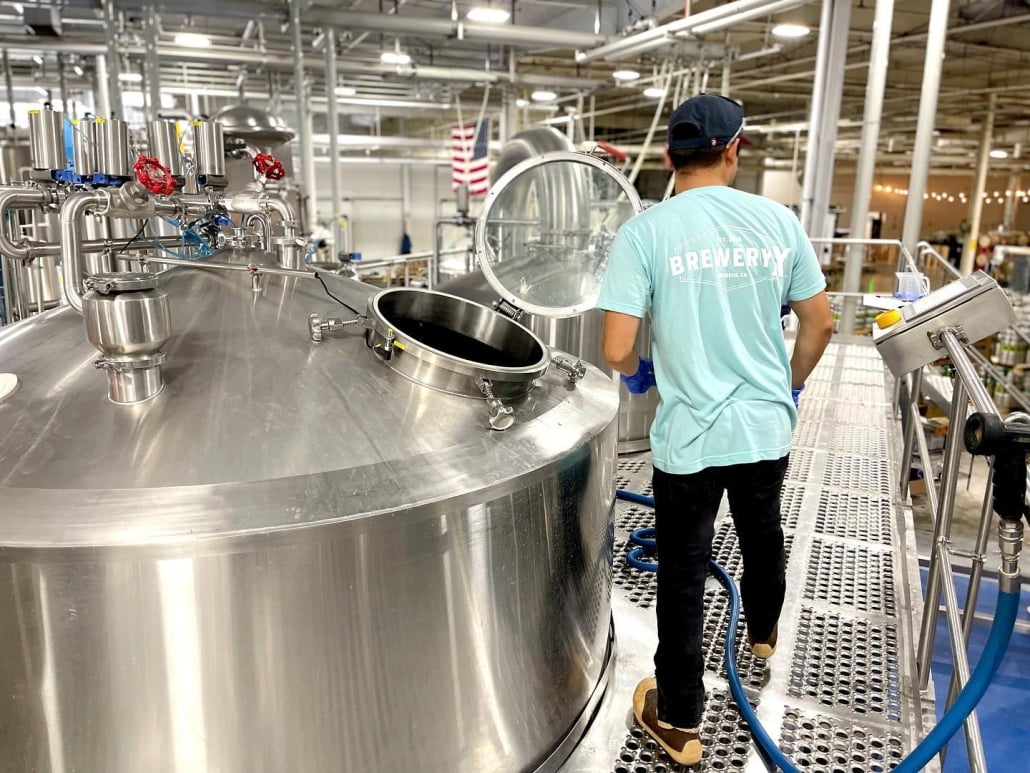
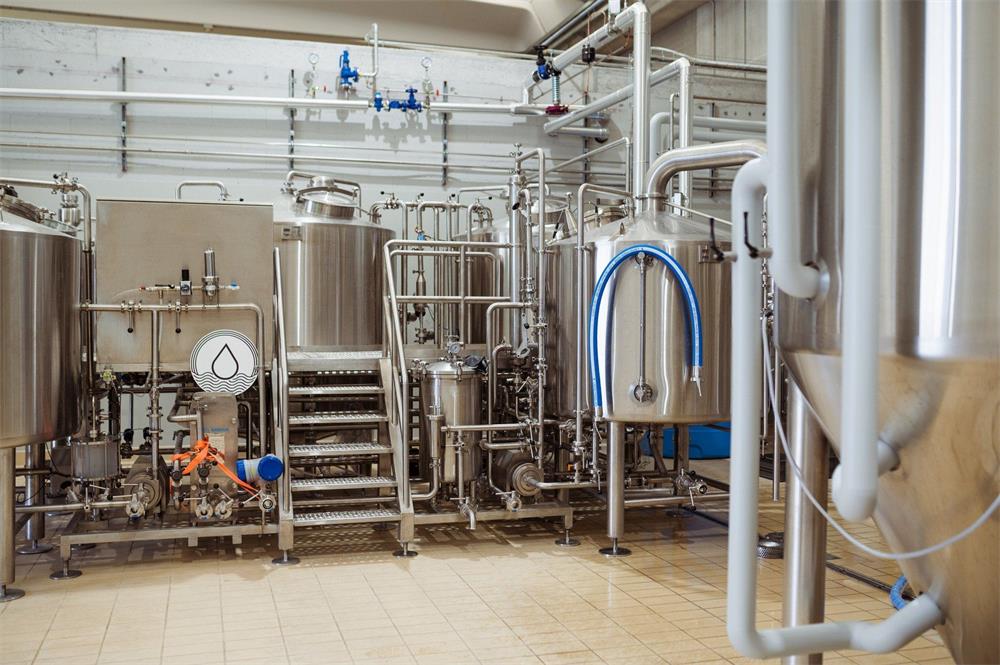
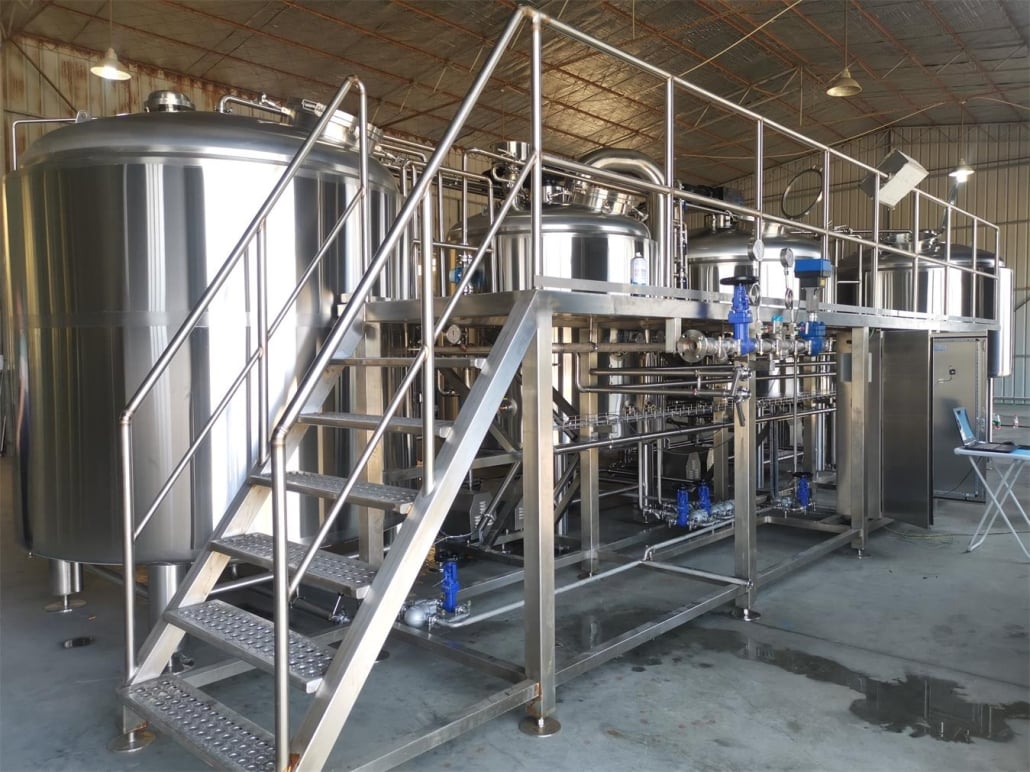
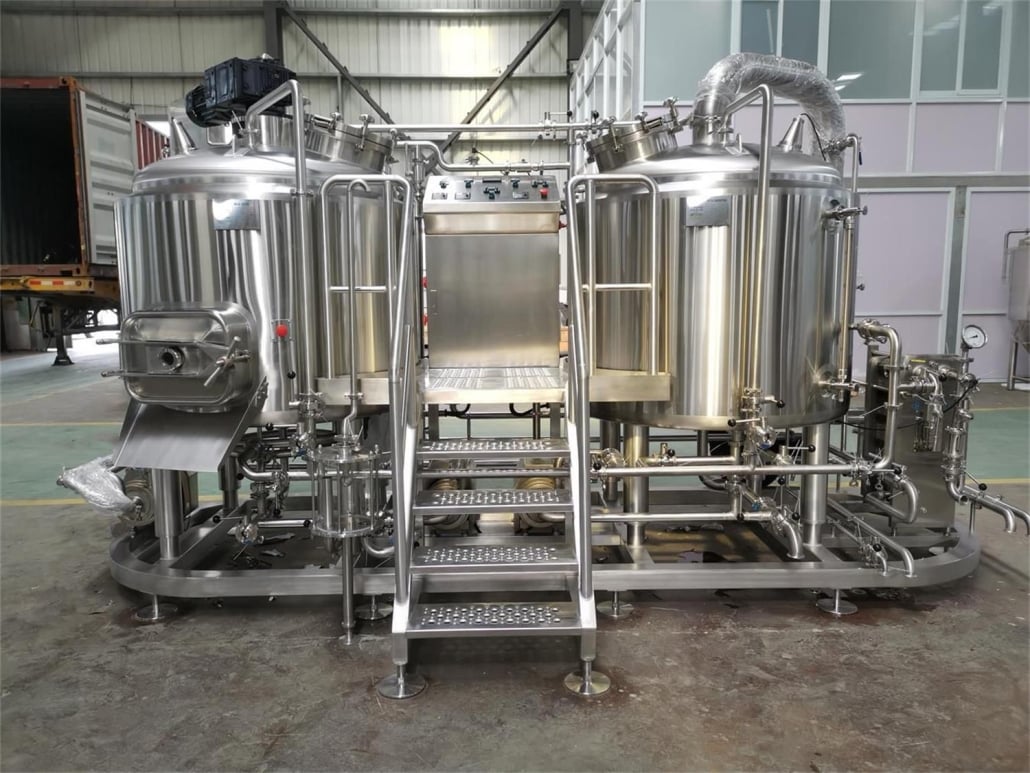
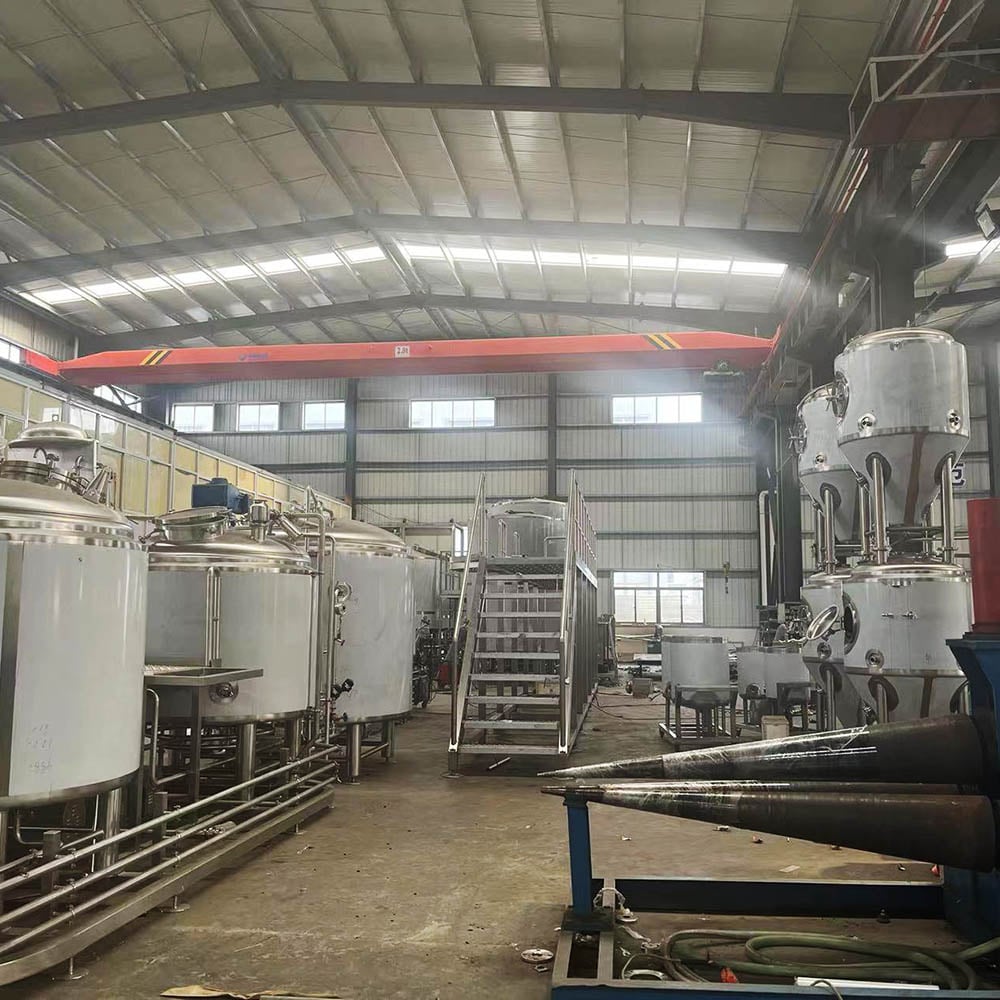
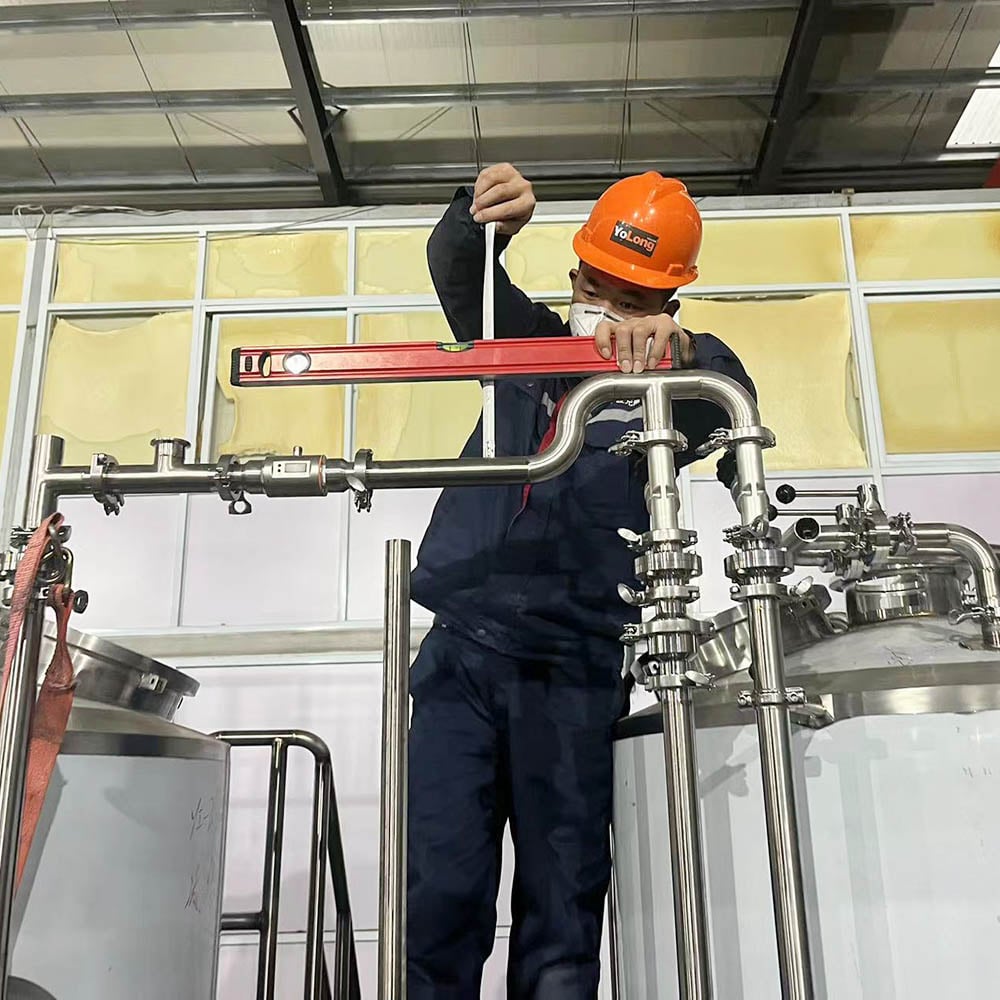
Benefits of Using High-Quality Fermentation Tanks
Let’s be real—your fermentation tank is the heart of your brewery. Cutting corners here is like building a race car with bicycle tires. Investing in a high-quality fermentation tank isn’t just about looking professional. It impacts every part of your brew.
First up: consistency. Good tanks have precise temperature control, which means your yeast behaves the same way every time. That means fewer off-flavors and more predictability.
Next is sanitation. Stainless steel tanks with smooth welds and CIP (Clean-in-Place) systems drastically reduce the risk of infection. That’s money saved on batches you don’t have to dump.
Durability is another big win. A well-built fermenter can last decades. We’re talking corrosion resistance, sturdy valves, pressure control, and no weird flavor leaching like you might get from plastic.
Then there’s efficiency. A conical fermenter with sample ports, sight glasses, and racking arms makes your brewing process smoother and faster. And time, my friend, is beer.
Finally, scalability. High-end tanks are often modular and expandable, which means you can start small and grow without completely overhauling your setup.
How to Choose the Right Fermentation Tank
Choosing a beer fermentation tank is kind of like picking a dog. You need one that fits your space, personality, and long-term plans.
Start by thinking about your production volume. Are you brewing five gallons at a time or five thousand? Homebrewers might be happy with glass carboys or small stainless tanks, while commercial operations will need conical fermenters starting at a few barrels and scaling up.
Then there’s space. Some tanks are tall and narrow; others are wide. Measure your ceiling height and footprint before buying. Don’t forget to factor in room for hoses, valves, and cleaning access.
Material is key, too. Stainless steel is the gold standard for its durability, sanitation, and non-reactivity. But it’s pricier. Plastic fermenters are cheaper but can stain, scratch, and harbor bacteria.
Next, check for features like cooling jackets, pressure control, racking arms, sample ports, and digital thermometers. These extras cost more but save time and effort in the long run.
And don’t ignore brand reputation and customer reviews. Companies like Blichmann, SS Brewtech, and Spike Brewing are well-loved for a reason.
| Factor | Home Brewing | Microbrewery/Commercial |
|---|---|---|
| Volume | 1 to 15 gallons | 3 to 100+ barrels |
| Material | Glass, plastic, stainless | Stainless steel only |
| Space Needed | Small footprint | Large footprint, need clearances |
| Features | Manual temp check, basic valves | Full automation, CIP, cooling |
| Budget Range | $50 to $800 | $3,000 to $50,000+ |
Maintenance and Cleaning Tips for Fermentation Tanks
A dirty fermenter is a sad fermenter. Seriously, if you skip on cleaning, you’ll end up with bad beer, wasted money, and maybe even a moldy mess. So let’s talk upkeep.
Always clean your tank immediately after use. Dried-on yeast and beer stone are a nightmare. Use a non-abrasive cleaner, followed by a sanitizing solution like Star San. Avoid bleach on stainless steel—it can cause pitting.
For commercial setups, CIP systems are a dream. They circulate cleaning and sanitizing solutions through the tank, reaching every nook and cranny.
Inspect seals, gaskets, and valves regularly. A leaky valve doesn’t just waste beer; it could lead to contamination.
Check your temperature control systems, too. Make sure glycol lines aren’t clogged and that your digital sensors are calibrated.
Finally, keep a cleaning log. It might sound nerdy, but knowing what was cleaned, when, and how can save your hide if something goes wrong later.
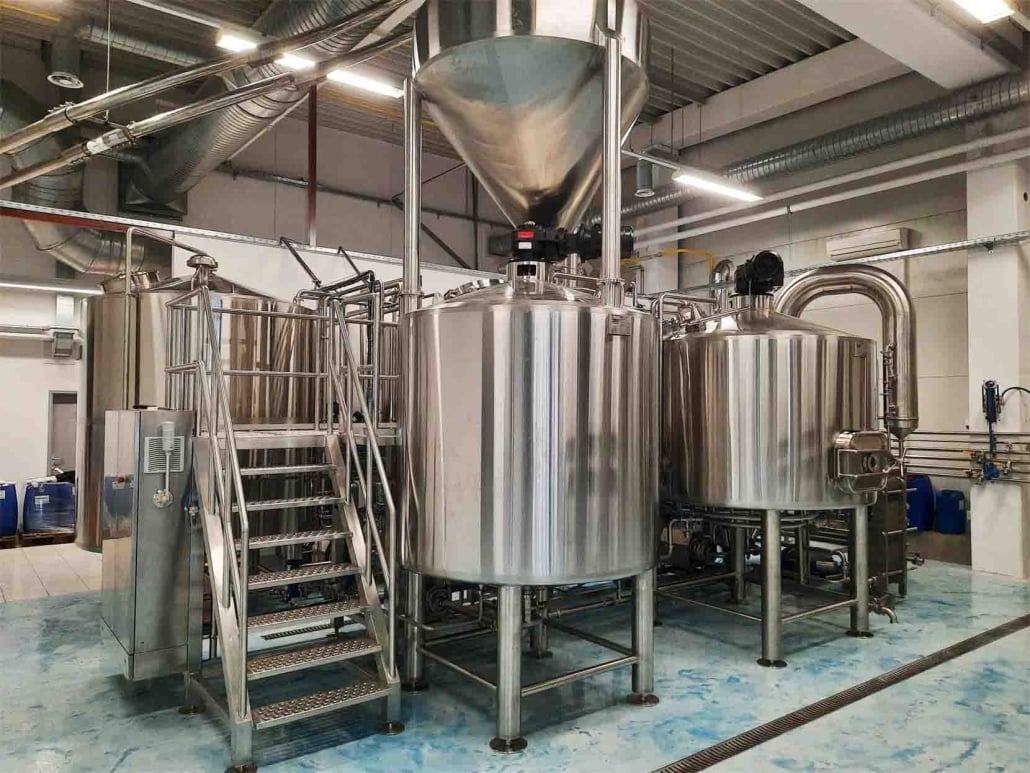
FAQ
| Question | Answer |
|---|---|
| What’s the best size tank for home brewing? | Anywhere from 5 to 15 gallons is typical for home setups. |
| Do I need a conical fermenter? | Not mandatory, but conicals make yeast harvesting and cleaning easier. |
| How long does beer stay in the fermenter? | Typically 1-3 weeks depending on the style. |
| Can I ferment under pressure? | Yes, with a pressurized tank. It helps with CO2 retention and flavor. |
| How often should I clean my fermentation tank? | After every use, and sanitize before every brew. |
| Can one tank do both fermentation and conditioning? | Yes, unitanks are designed for that purpose. |
| Is stainless steel worth the cost? | Absolutely—durable, clean, and doesn’t alter taste. |
| Do I need temperature control? | Yes, for consistent fermentation and to avoid off-flavors. |

